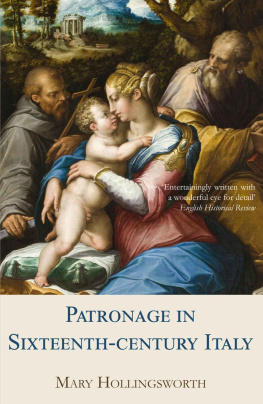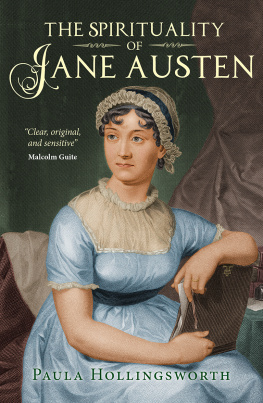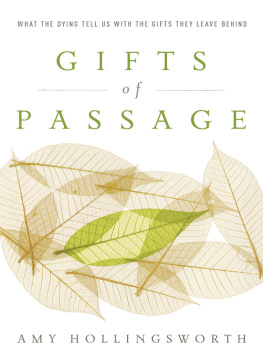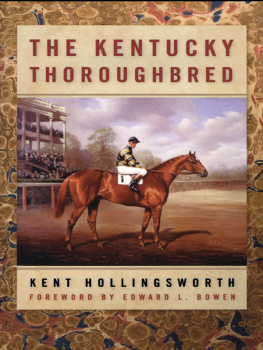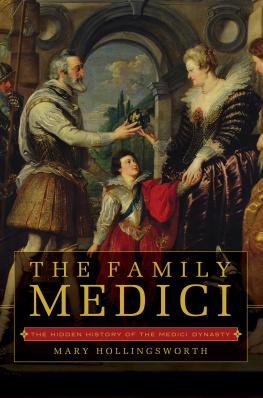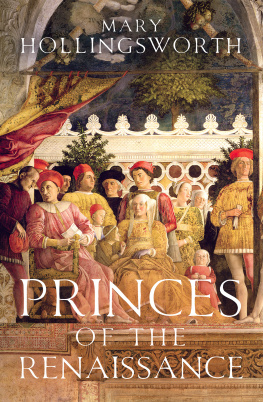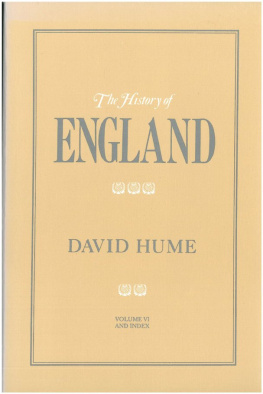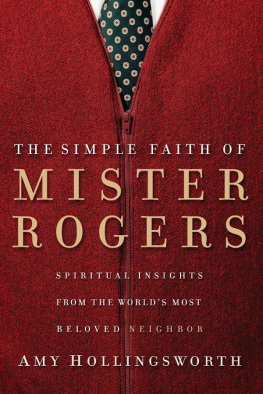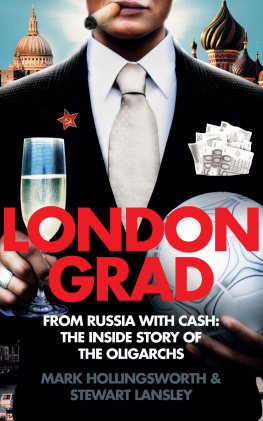Hollingsworth - Art in World History 2 Vols
Here you can read online Hollingsworth - Art in World History 2 Vols full text of the book (entire story) in english for free. Download pdf and epub, get meaning, cover and reviews about this ebook. year: 2016, publisher: Taylor & Francis (CAM), genre: Religion. Description of the work, (preface) as well as reviews are available. Best literature library LitArk.com created for fans of good reading and offers a wide selection of genres:
Romance novel
Science fiction
Adventure
Detective
Science
History
Home and family
Prose
Art
Politics
Computer
Non-fiction
Religion
Business
Children
Humor
Choose a favorite category and find really read worthwhile books. Enjoy immersion in the world of imagination, feel the emotions of the characters or learn something new for yourself, make an fascinating discovery.
- Book:Art in World History 2 Vols
- Author:
- Publisher:Taylor & Francis (CAM)
- Genre:
- Year:2016
- Rating:3 / 5
- Favourites:Add to favourites
- Your mark:
- 60
- 1
- 2
- 3
- 4
- 5
Art in World History 2 Vols: summary, description and annotation
We offer to read an annotation, description, summary or preface (depends on what the author of the book "Art in World History 2 Vols" wrote himself). If you haven't found the necessary information about the book — write in the comments, we will try to find it.
Art in World History 2 Vols — read online for free the complete book (whole text) full work
Below is the text of the book, divided by pages. System saving the place of the last page read, allows you to conveniently read the book "Art in World History 2 Vols" online for free, without having to search again every time where you left off. Put a bookmark, and you can go to the page where you finished reading at any time.
Font size:
Interval:
Bookmark:
ART IN WORLD HISTORY
Mary Hollingsworth
Art in World History
(Original title: Wealth and Ideas: A History of World Art)
From a project by Francesco Papafava
Iconographic Research by Scala Archives,
Florence
Graphics
Carlo Savona
Drawings
Paolo Capecchi
Maps
Rosanna Rea
Managing editor and art consultant
Gloria Fossi
Italian staff editors for the English edition
Sara Bettinelli, Franco Barhini, Lucrezia Galleschi
Page format
Studio Scriba, Bologna
Editing of the original English text
Emily Ligniti
English translation of original Italian maps,
timelines, and glossary
Julia Weiss
The author wishes to thank many friends
and colleagues, above all John Onians
and Daniele Casalino,
and dedicates the book to the memory
of her grandmother.
First published by 2004 M.E. Sharpe.Inc
Published 2016 by Routledge
2 Park Square, Milton Park, Abingdon, Oxon, OX14 4RN
711 Third Avenue, New York, NY 10017, USA
Routledge is an imprint of the Taylor & Francis Group, an informa business
1989, 2003 by Giunti Editore S.p.A, Firenze-Milano
Copyright 2004 Taylor & Francis. All rights reserved.
No part of this book may be reprinted or reproduced or utilised in any form or by any electronic, mechanical, or other means, now known or hereafter invented, including photocopying and recording, or in any information storage or retrieval system, without permission in writing from the publishers.
Notices
No responsibility is assumed by the publisher for any injury and/or damage to persons or property as a matter of products liability, negligence or otherwise, or from any use of operation of any methods, products, instructions or ideas contained in the material herein.
Practitioners and researchers must always rely on their own experience and knowledge in evaluating and using any information, methods, compounds, or experiments described herein. In using such information or methods they should be mindful of their own safety and the safety of others, including parties for whom they have a professional responsibility.
Product or corporate names may be trademarks or registered trademarks, and are used only for identification and explanation without intent to infringe.
Library of Congress Cataloging-in-Publication Data
Hollingsworth, Mary.
Art in world history / Mary Hollingsworth.
p. cm.
Includes index.
ISBN 0-7656-8069-6 (set: alk. paper)
1. Art--History. I. Title.
N5300 H674 2004
| 709--dc22 | 2003015510 |
ISBN 978-0-76568-069-3 (hbk)
ART IN WORLD
HISTORY
MARY HOLLINGSWORTH
Introduction by
GIULIO CARLO ARGAN
VOLUME 1

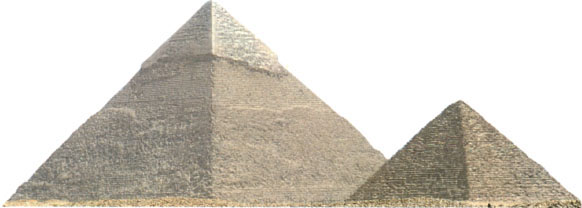
CONTENTS
__________
__________
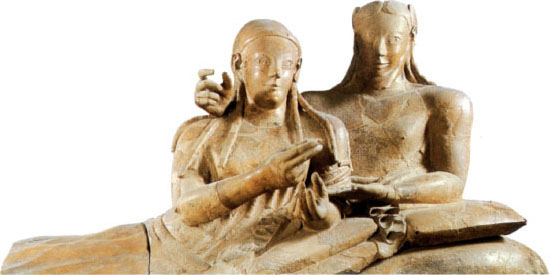
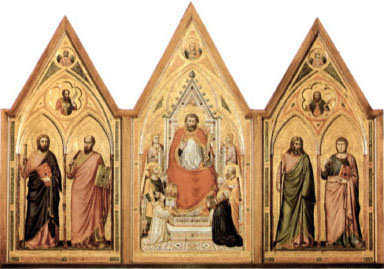
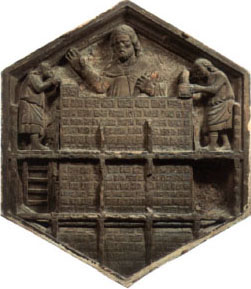

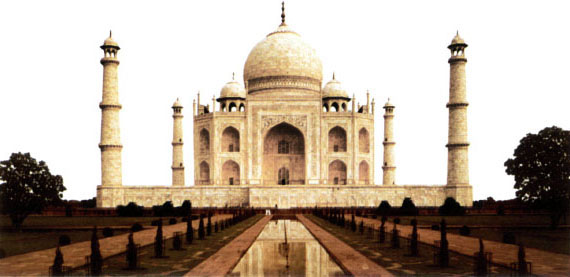
__________
__________
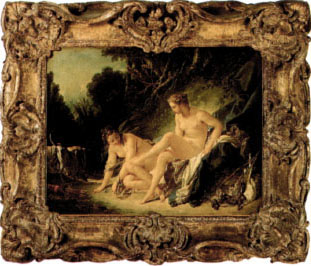
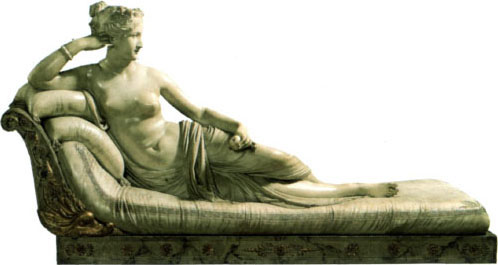
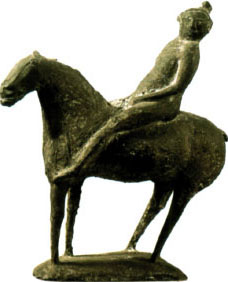
Giulio Carlo Argan
I N EVERY ERA, in every culture, there has always been a desire to do art: groups of artists organized themselves with rules and by-laws; public institutions promoted production, and care was taken to collect and conserve artworks in public museums. We could never write a full history of any era or civilization without including the history of its art that, like science, was a necessary and essential component of the system. The relationships between cities, regions, states, and continents would not have been as frequent, intense, reciprocal, and fertile if art had not served as a powerful factor of communication and exchange. In the ancient religions, art gave form to the gods and goddesses; and the prestige of the states would have been less if art had not given monumental form to their institutions, depicting the facts of their history as exemplary and portraying their heroes. The cities would have been mere places to live or work if art had not given them character and rendered their traditions visible and real. Without the images of art, there would not have been a cult of the dead. Nature itself would not have become a subject of knowledge but merely a cause of disordered, confused feelings if it had not been described using the terms of art: line, shape, color.
Because of its constant relationship with universal values, art seemed like a divine revelation and the artists were considered inspired beings, demiurges, creatures between heaven and earth. In reality, art is the product of human work and techniques that may be more refined but not fundamentally different from those of the crafts. And over the centuries art was the direct or indirect model for handicrafts.
Production was like a pyramid: at the base maximum quantity with minimum quality, at the top, the maximum quality with minimum quantity. Art was pure quality, without quantity: its products were unique and irreproducible. They presupposed the culture and techniques of the times, but in the sense of greater inventiveness, not technical progress. Throughout history, art has represented the metaphysical moment of human endeavor, its ideal goal. Artists have always been the interpreters and spokespeople of a community, and if their works were destined for the few who had the greatest powers, they were considered delegates of a superior, divine power. Therefore, throughout its history, art has been the link between the sphere of power and of labor and thus contributed to the homogeneity of the social body. Through art, in other words, the world of labor participated in power.
Only with the Italian Renaissance and its spread through Europe did art move from the mechanical to the liberal and artists from the rank of craftspeople to that of intellectuals and hence became part of the governing class. Even earlier, however, artists were never mere makers: power was not content with their work, it needed their inventive and planning skills. Two examples from an infinity of choices will suffice: Pericles commissioned an artist, Phidias, to build the Parthenonwhich was to be the visible fulcrum of Hellenic unityand decorate it with sculptures; the papacy entrusted artists (Bramante, Raphael, Sangallo, Michelangelo, and later, Bernini) to build St. Peters Basilica which, in an era of bitter religious conflict, was not supposed to represent, but rather materialize, the doctrine of the Visible Church in its structure. Those artists, like many who came before and after them, were not asked to create a verbal celebration of power and its rituals, or a picturesque framework, but a visualization of its doctrinal essence. Nor was it supposed to be an illustration of written texts: on the contrary, visual art conveyed something that could not be communicated with words. The visual experience has a direct relationship with imagination: an entire chapter in the history of civilization has been built on and from imagination and does not contradict, but rather coincides with the chapter built on rational thought and scientific research. Visual arts are communication through images, as poetry is communication through words and music communication through sounds. It has always been something specific to see, which necessarily assumed an experience more intense than the seen. Art of all times and places is related to the organic association of perception and imagination: artists from different cultures have given visible form to non-visible things, like symbols or symbolic meanings to visible forms. But on what does the power of visual communication depend? Why, in all countries of the world, has religious and political power used visual communication through the work of its artists?
Font size:
Interval:
Bookmark:
Similar books «Art in World History 2 Vols»
Look at similar books to Art in World History 2 Vols. We have selected literature similar in name and meaning in the hope of providing readers with more options to find new, interesting, not yet read works.
Discussion, reviews of the book Art in World History 2 Vols and just readers' own opinions. Leave your comments, write what you think about the work, its meaning or the main characters. Specify what exactly you liked and what you didn't like, and why you think so.


